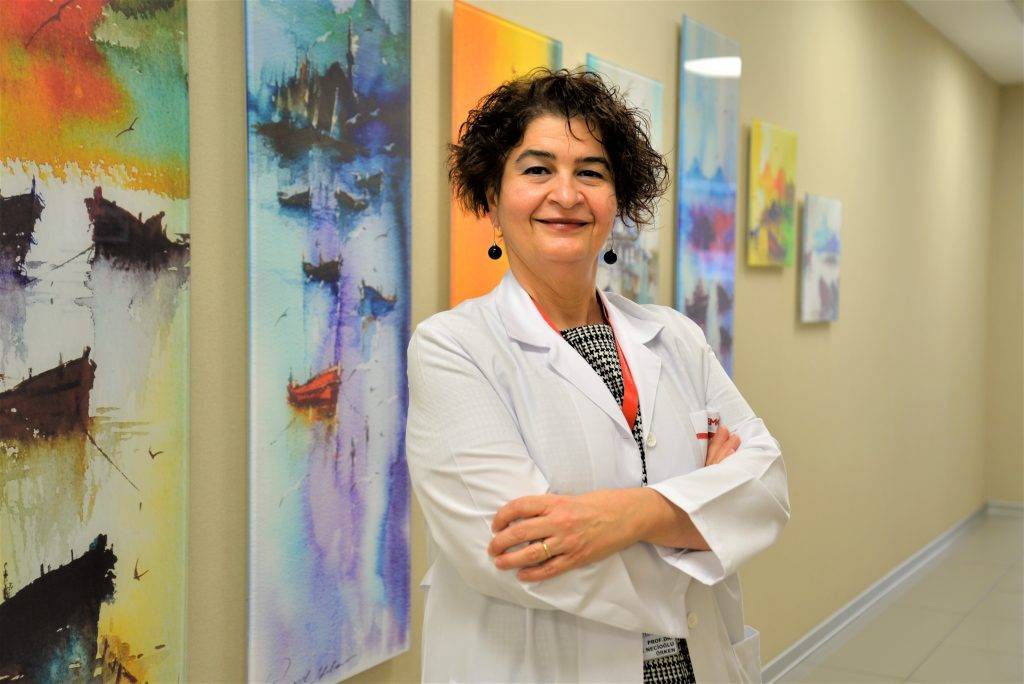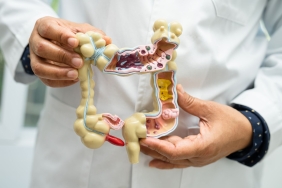A stroke is a medical emergency caused by bleeding or blockage of blood flow to the brain.
Stroke is one of the diseases that most causes disability and loss of life worldwide. Moreover, stroke is of great importance because it is a disorder that affects not only individuals, but also their families and communities. While 80 percent of strokes occur due to blockage of blood vessels, 15 percent occur in the form of bleeding. Stroke is a health problem that requires rapid intervention and it is vital to treat it within the first 4.5 hours. Professor of Neurology from Memorial Şişli Hospital, Dr. Dilek Necioğlu Örken gave information about stroke and its treatment.
Factors That Increase the Risk of Stroke
Stroke risk factors include non-modifiable factors such as age, gender, family history and race. However, some risk factors can be controlled. The most important factors that increase the risk of stroke include high blood pressure, diabetes and high cholesterol levels. Additionally, lifestyle factors such as smoking, excessive alcohol consumption, sedentary lifestyle and obesity can also increase the risk of stroke. At the same time, heart rhythm disorders such as atrial fibrillation, which become more common as we get older, can also increase the risk of stroke. Therefore, controlling these risk factors is important to prevent stroke. It is also important to be aware of and pay attention to stroke symptoms. Stroke symptoms may include facial paralysis, weakness or numbness in the arms and legs, and disturbances in vision, balance, or speech. When these symptoms are observed, it is necessary to immediately consult a health institution. A stroke is an emergency and any delay can be life-threatening. In such cases, it is important to call the 112 emergency line and call an ambulance.
Treatment of Ischemic Stroke Can Be Done Effectively in the First 4.5 Hours
Treatment of ischemic stroke can be done effectively within the first 4.5 hours. During this period, clot-dissolving treatments can be applied. Therefore, it is critical for the patient to reach the hospital as soon as possible. It is also possible to remove clots with a procedure called thrombectomy using angiography methods in large vessel occlusions. The duration of these treatments may extend up to 24 hours in some special cases, but generally the first intervention occurs within 6-8 hours. While many patients recover without sequelae after a stroke, some permanent effects may remain in some patients. Therefore, physical therapy and rehabilitation programs are important for these patients. (BSHA – Science and Health News Agency)

















